
To be called a Toyota 86 means having to live up to an iconic lineage. The original Hachiroku, the AE86, may have its roots in the 1980s Corolla economy car, but through its motorsport pedigree and its association with the drift scene (culminating in its star turn in the popular anime Initial D), it became a motoring icon. Its successor—the GT 86—had a lot to live up to, but was an instant classic, a working-class hero and tuner-industry darling.
The latest member of the family has arrived, and it has some mighty big shoes to fill. This new model—rebadged as the GR 86 to follow Toyota’s new naming conventions for its performance vehicles—follows a tried-and-true sports car formula: a rev-happy engine up front pushing power to the rear wheels. But while it may adhere to the blueprint set by the previous Hachirokus, the GR 86 distinguishes itself quite well.
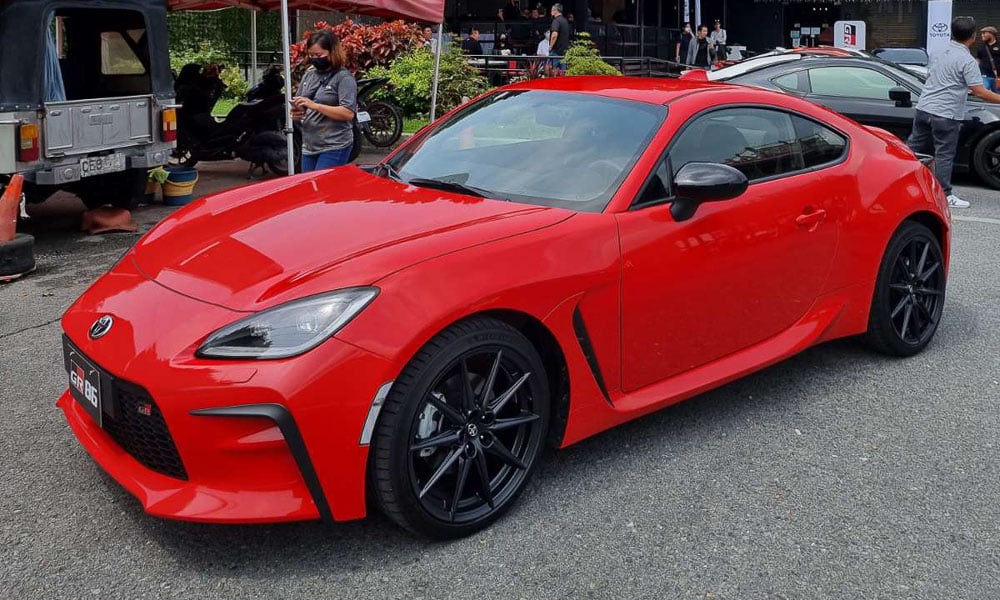
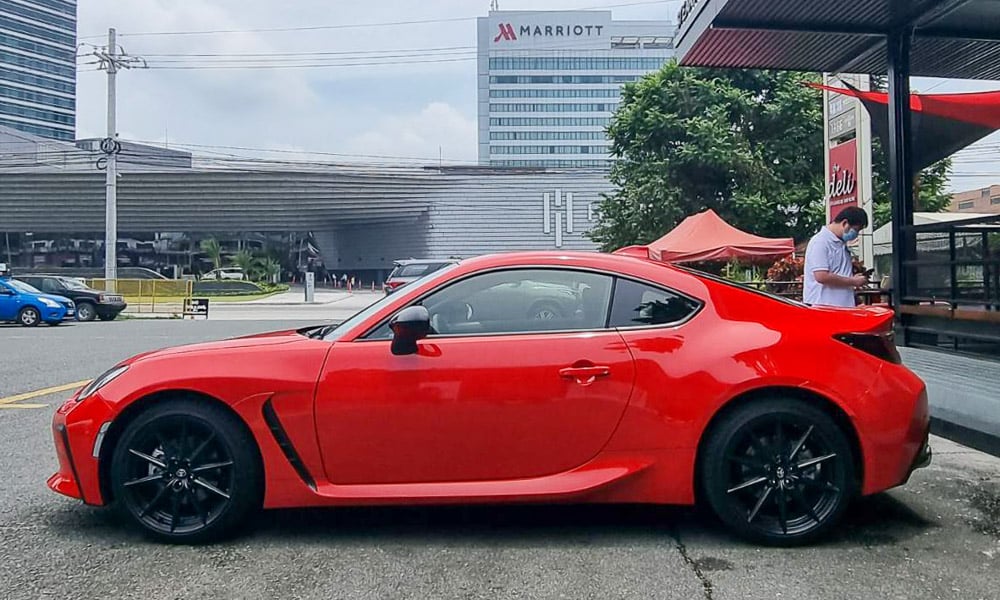

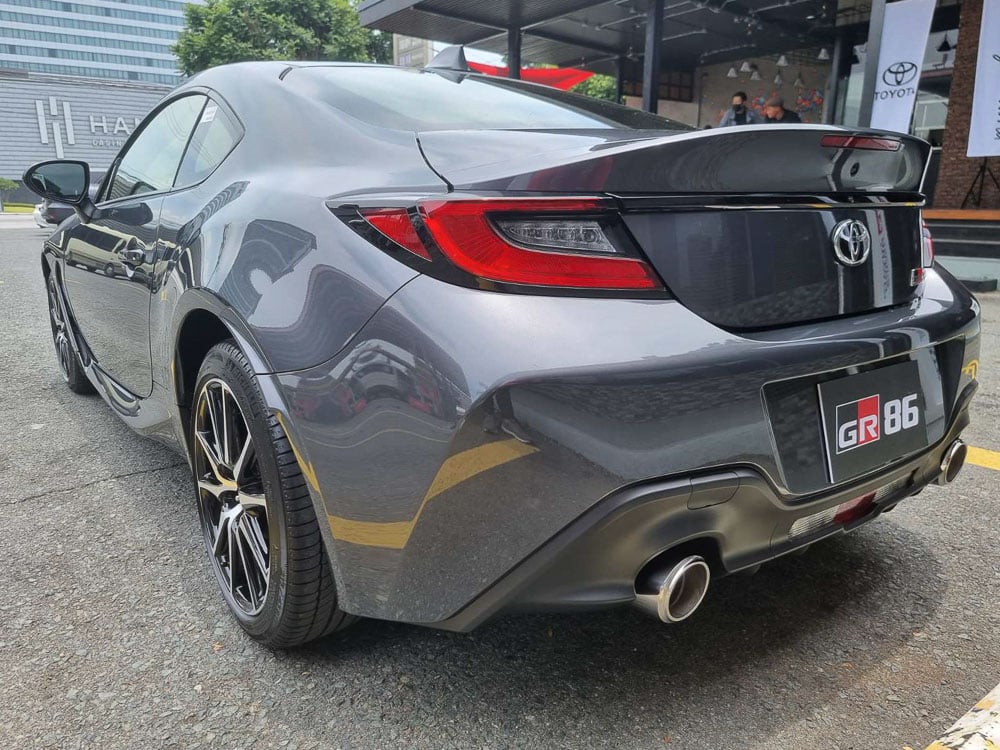
The most noticeable difference is the styling. The GT 86 was a boy racer’s dream, with lots of sharp angles, dramatic lines, and a distinctly Japanese flair. You would never mistake the GT 86 for any other car.
The new GR 86 doesn’t quite have the same striking looks. Its more mature look is a little plain in comparison, but those who spend time to take in the new styling will appreciate the thoughtful details. The air ducts on the front bumper and the front fenders are not just for show, as are the winglets on the rear fender and the integrated ducktail spoiler. The fenders are more muscular, joined together by an aerodynamically sculpted rocker panel.
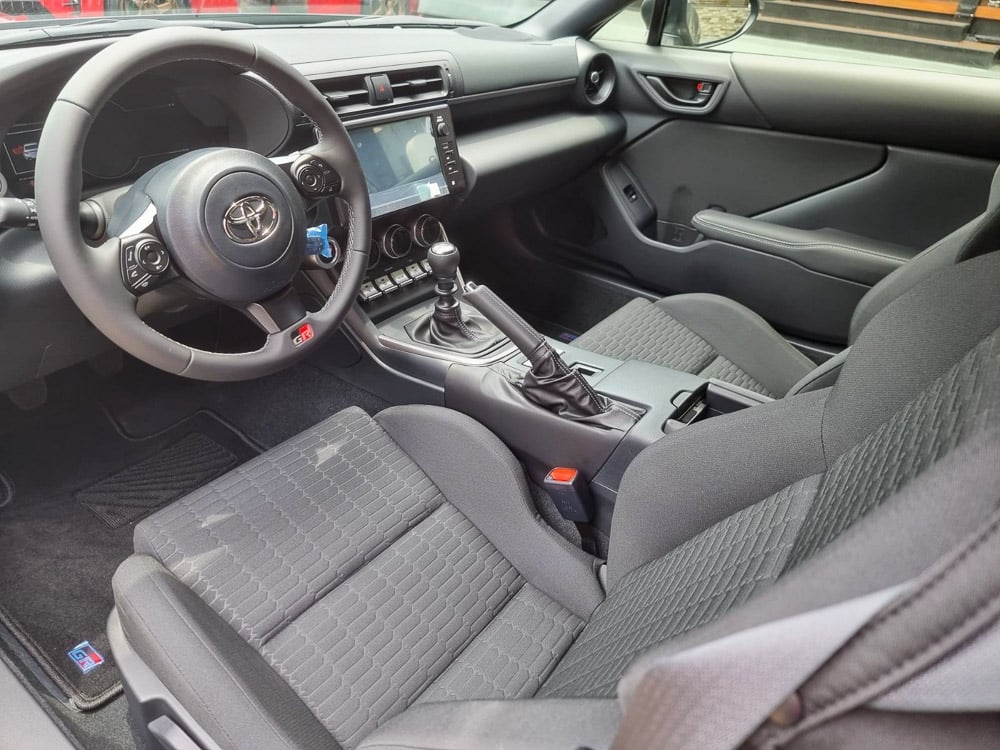
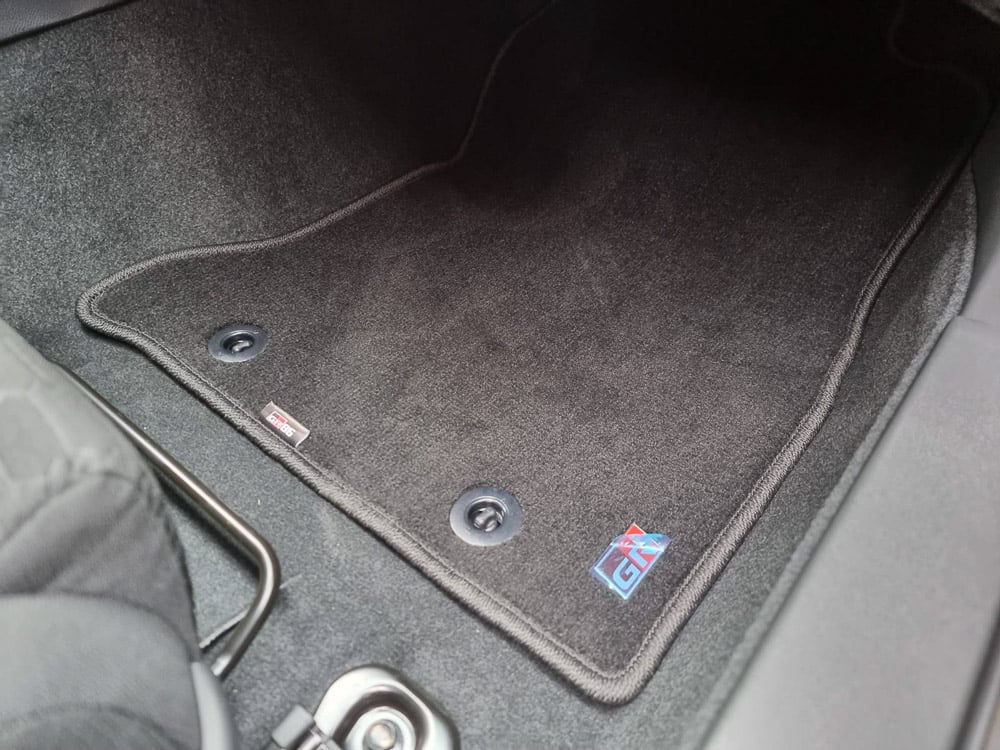
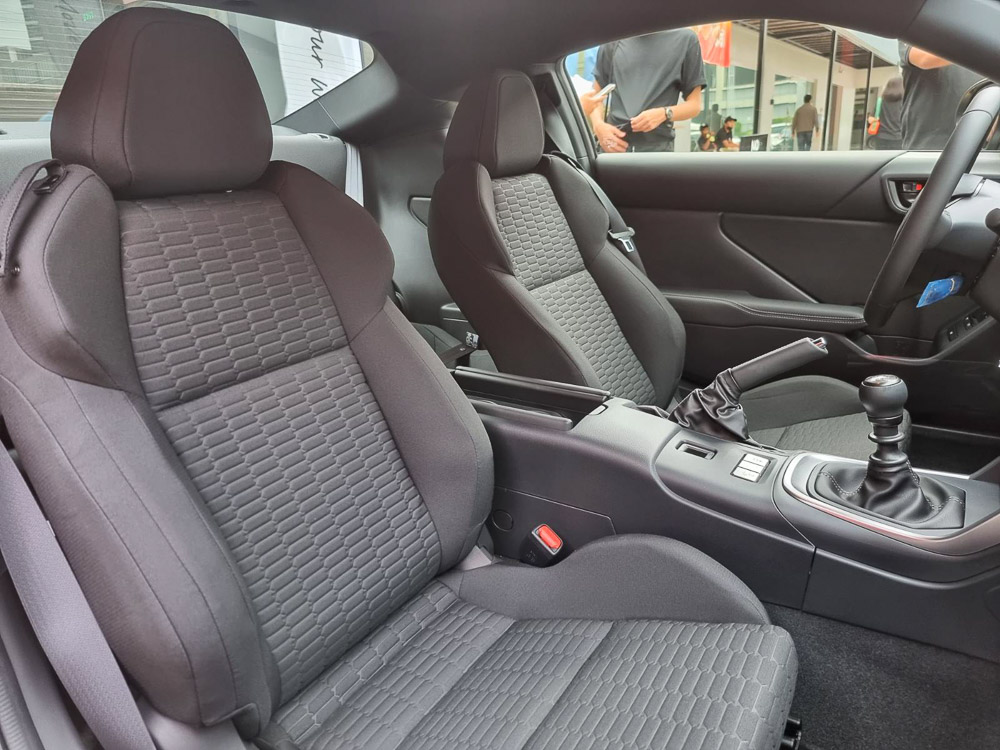
The same holds true for the interior.
The GR 86 does away with the red stitching and accents that typify its predecessor’s cockpit, though a number of GR badges scattered about remind you that you are in a Gazoo Racing product. The steering wheel is nice and meaty, with controls for the stereo and menu on the new fully digital instrument and cluster.
The sport seats are comfortable and supportive, and the driving position is quite good, which bodes well for longer drives (or being stuck in traffic). Like all 2+2s, the GR 86 technically has four seats. But you really can’t sit in the back unless you are a six-year-old, or unless you chop off your legs. The plastics do let the interior down quite a bit though, but at this price range, I guess something had to give.
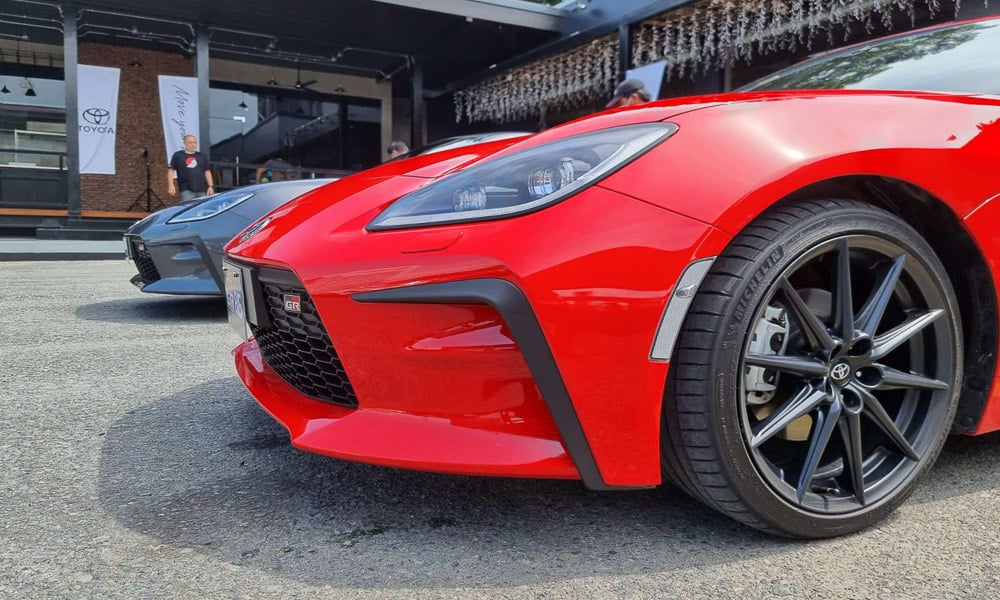
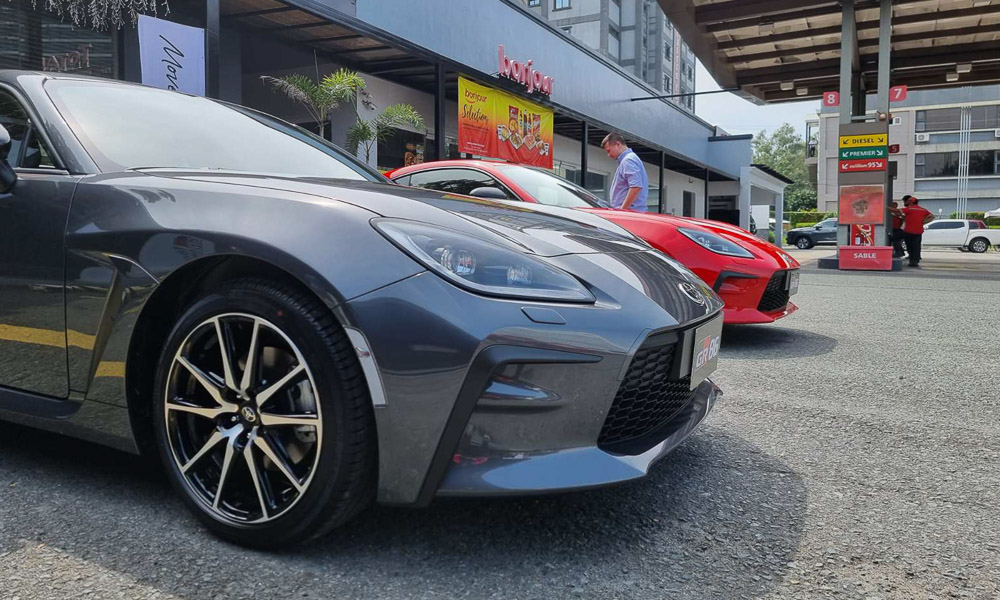
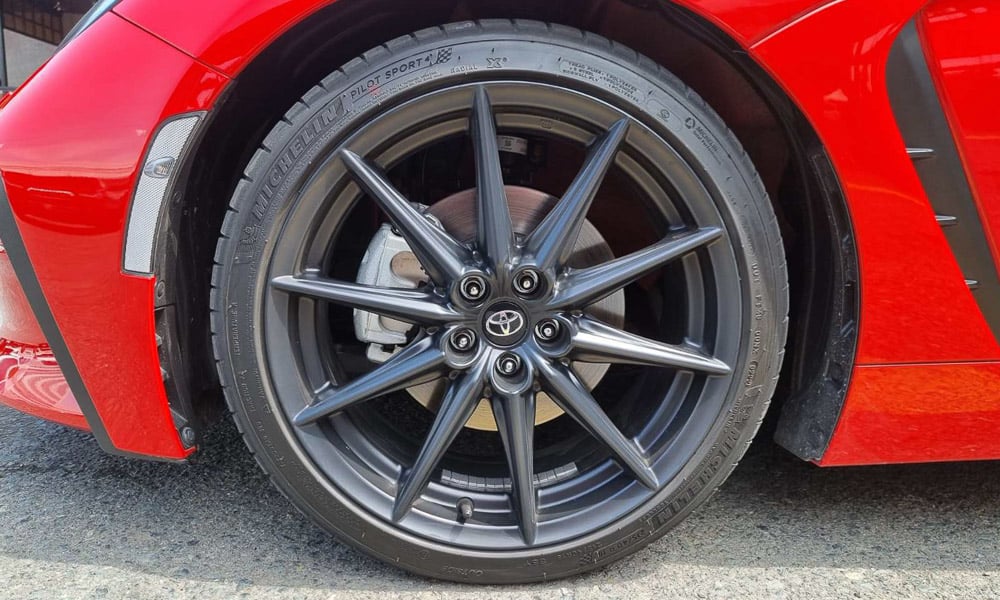
The test unit had a six-speed automatic transmission, which was a bit of a letdown, especially since a version with a six-speed manual is available. The automatic, however, comes with a few extras, like more electronic driver aids and larger, 18-inch wheels wrapped in excellent Michelin Pilot Sport 4 rubber.
The stick-shift equipped car has 17-inch wheels and less grippy Michelin Primacy tires. When we asked a representative of Toyota Motor Philippines why they downgraded the wheel-and-tire combo on the manual, he said it was because they expected buyers of the manual to slap on aftermarket wheels and tires anyway. Sounds about right.
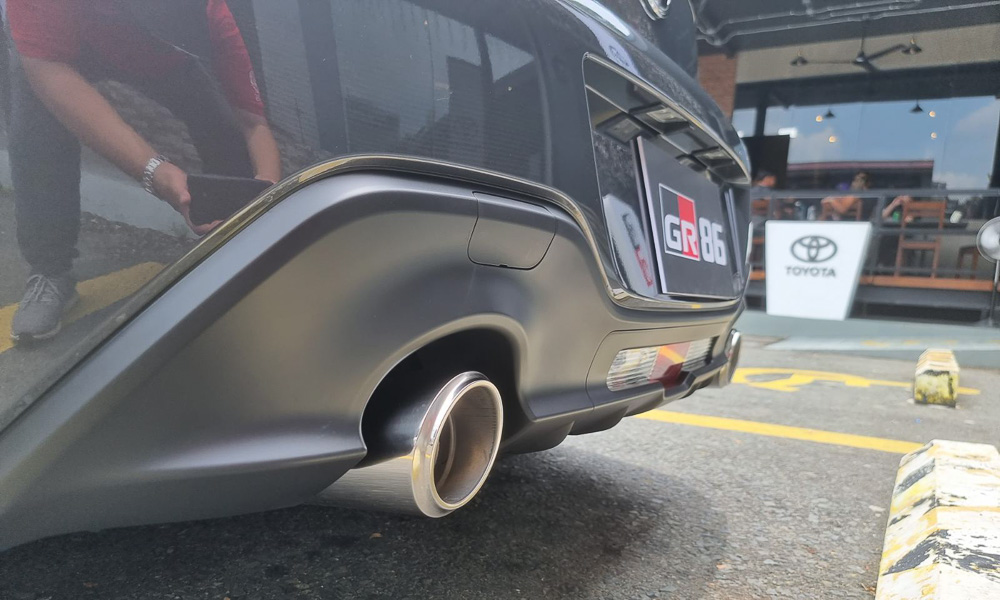
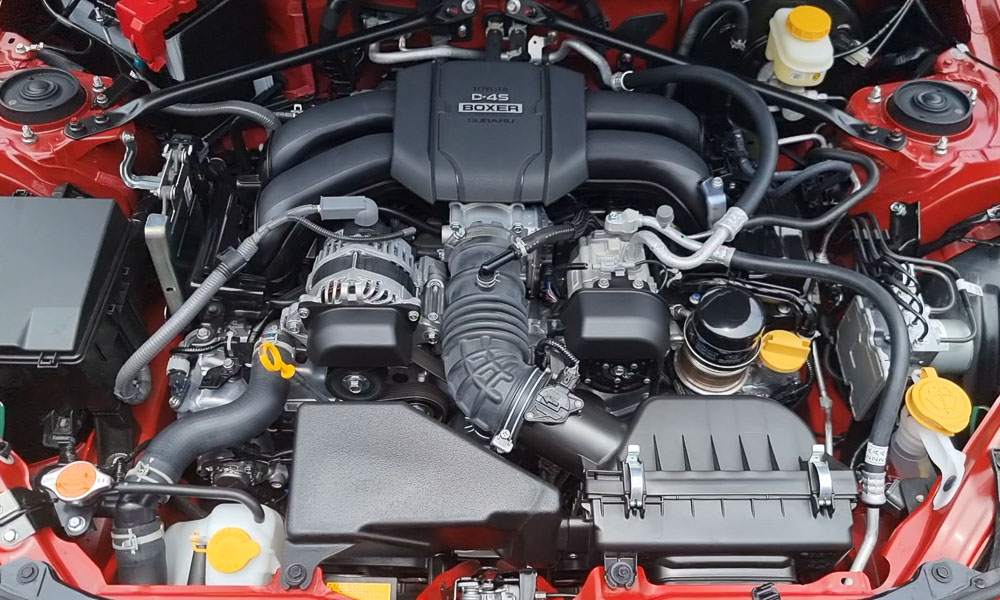
The trend of a more mature vehicle continues with the driving experience. The first thing you notice is the added grunt–235hp from the larger 2.4-liter boxer engine, significantly more than the old GT 86. The power delivery comes in much earlier in the rev range than before, which means you can enjoy the car without having to rev the engine past 5,000rpm. The automatic transmission is decently quick in upshifts, and unlike a lot of paddle-shift-style slush boxes, the downshifts are actually good. It’s still no replacement for a proper manual, but it was surprisingly responsive.
Handling-wise, the GR 86 makes a good impression. The wheel-and-tire combination gives excellent grip and a responsive front end. The suspension is firm but solid, and not jarring over bumps or uneven pavement. And though I didn’t have an opportunity to really put the GR 86 through its paces, the first impression I got was that this would be a great back-road carver (especially since it has a factory-equipped limited slip differential), while easily being comfortable enough for the daily commute.
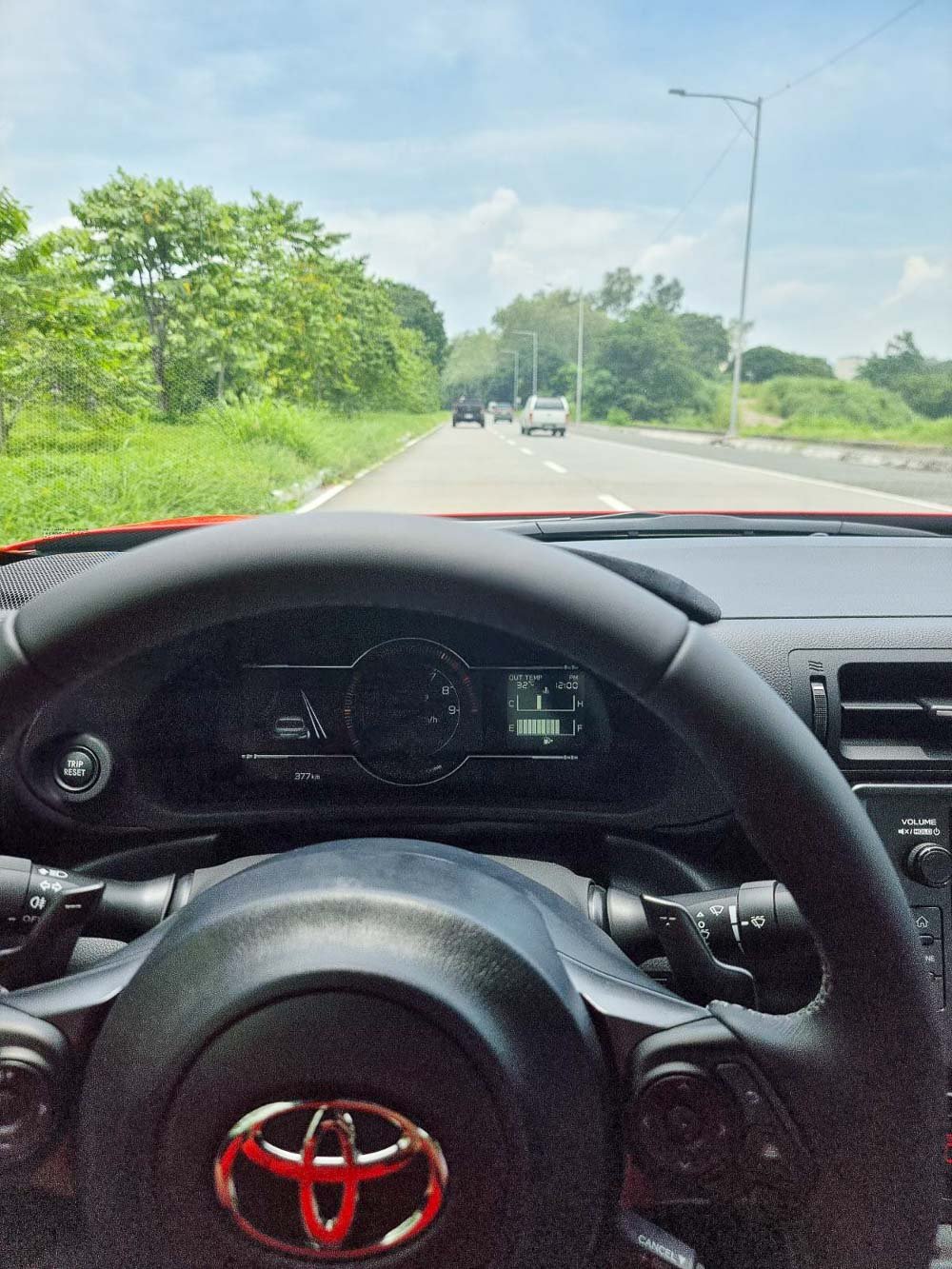
There are a couple of drawbacks. The position of the side-view mirrors coupled with the large A-pillar means visibility toward the front corners is a bit limited, and the view out the rear window is adequate at best. Road noise was a bit greater than expected, especially since the over-arching theme of the GR 86 is that it’s a more refined evolution of the GT 86. The biggest complaint is the steering, which is much lighter than expected.
The steering response was still more than adequate, but I suspect a little more feedback would make a big difference when out on a spirited drive.
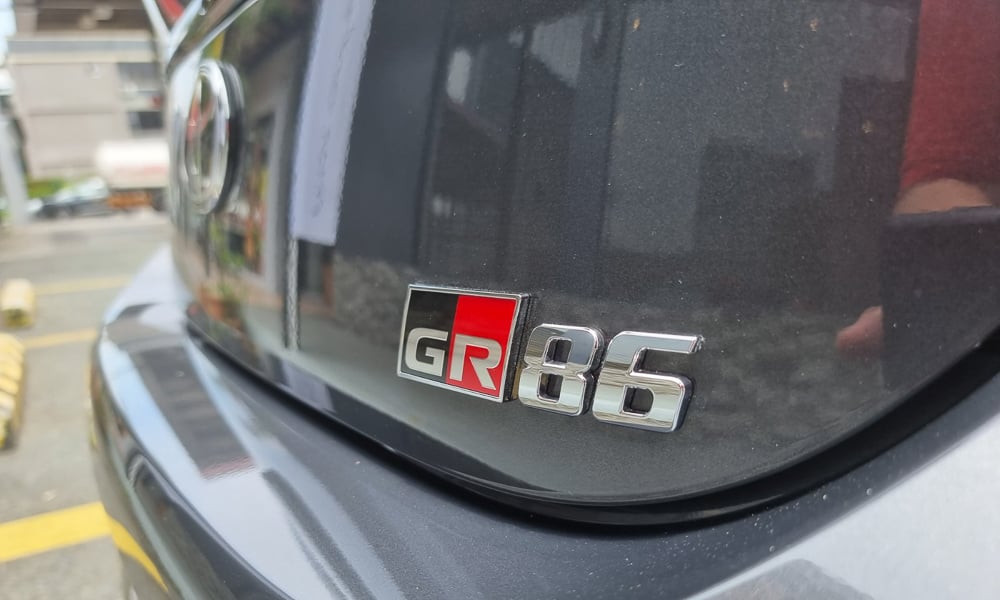

All told, the GR 86 looks to be a winner. While we didn’t have a chance to really test the car to the fullest, all signs indicate that it is a worthy heir to the 86 lineage. Toyota could have easily added too much power and spoiled what made the Hachiroku line special, but it added just enough to enhance the flavor rather than dominate the dish.
We will definitely need more seat time to give a definitive verdict, but there is one thing that the GR 86 did prove: It has evolved into a great all-rounder, and possibly the most practical sports car out there.


0 Comments